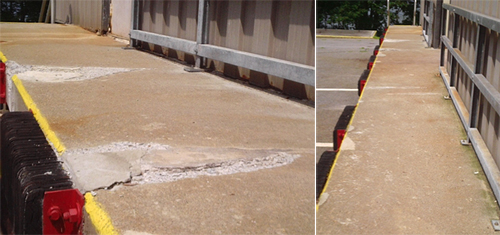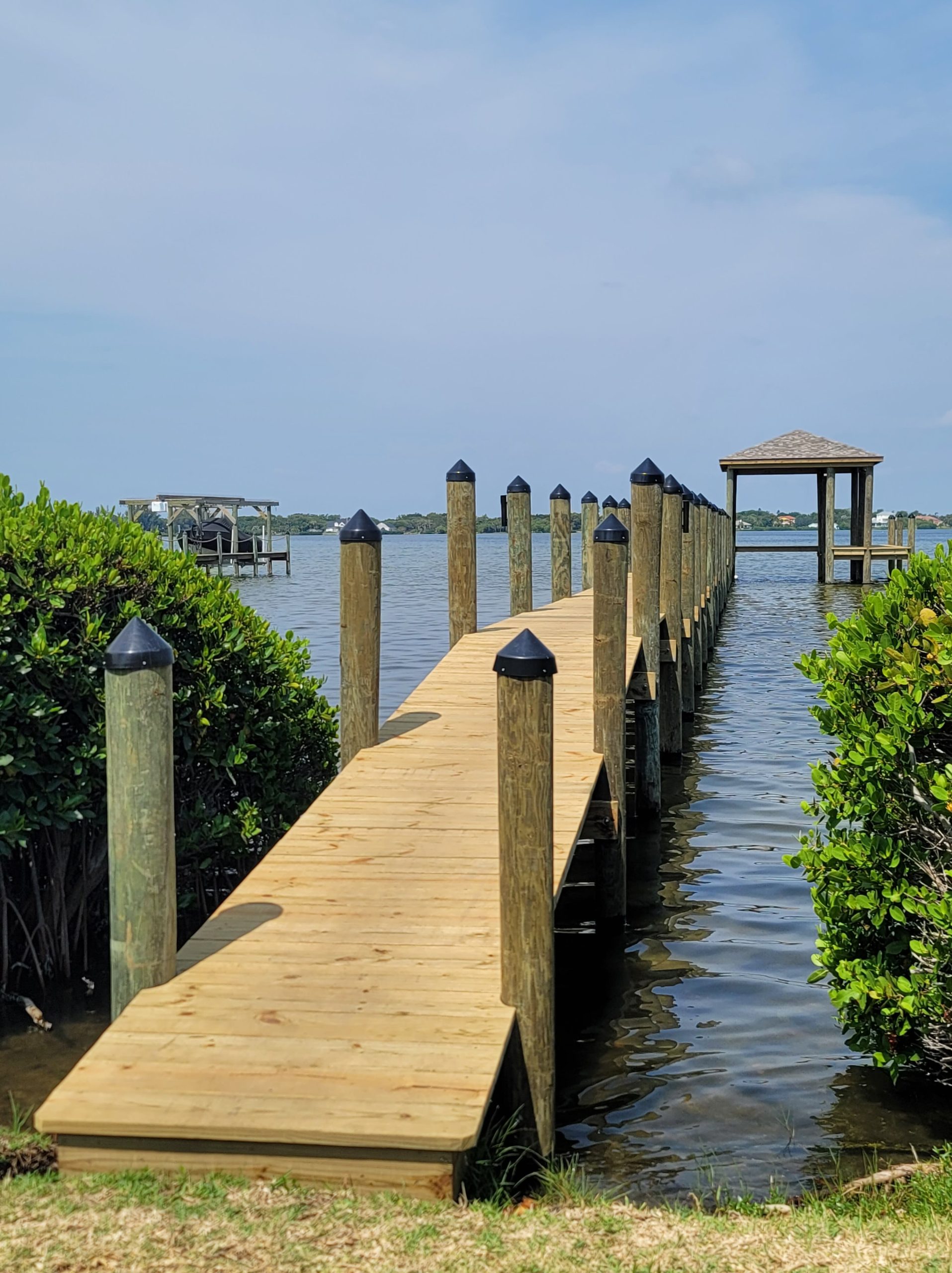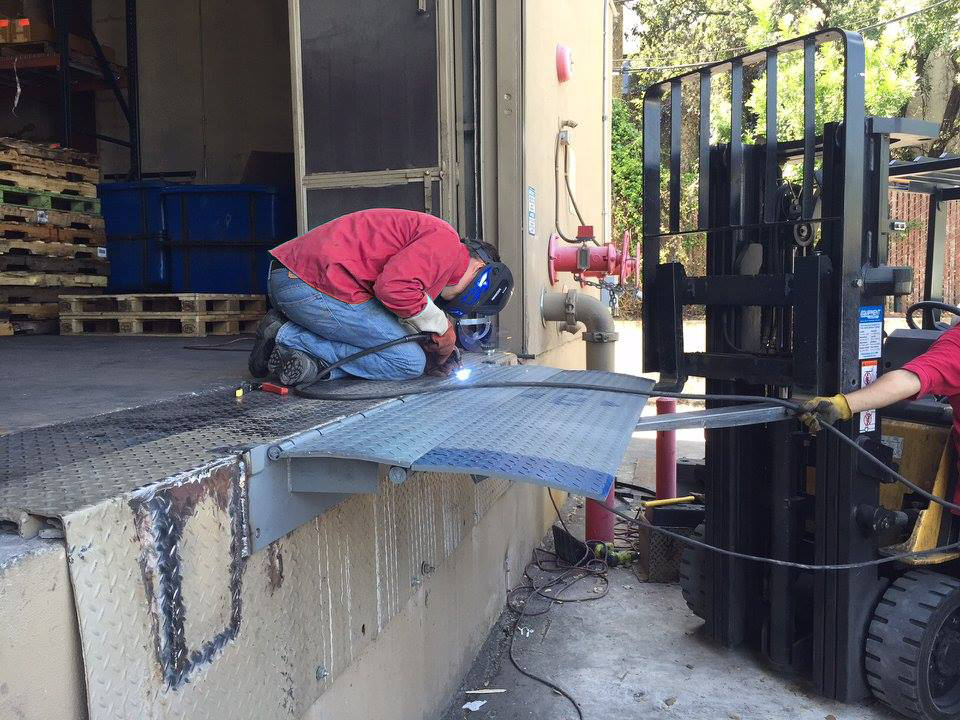Reliable Dock Fixing Techniques: Ensuring Structural Integrity
Guaranteeing the architectural integrity of anchors through reliable repair strategies is vital for the longevity and security of aquatic facilities. Consequently, choosing the best fixing materials, such as composite products and corrosion-resistant alloys, is important for longevity.
Evaluating Dock Damages
Analyzing dock damage is an essential initial step in making certain the architectural integrity and security of any type of docking center. This first assessment entails a comprehensive inspection to determine both visible and surprise damages. Key elements to check out include the dock's foundation, pilings, decking, and hardware. Each element needs to be looked at for indicators of wear, rot, rust, or various other kinds of destruction that can endanger the architectural honesty.
Structural engineers or qualified inspectors generally perform these assessments using specialized techniques and tools. Undersea evaluations might use sonar devices or remotely operated lorries (ROVs) to find submerged damage. Over water, visual inspections are matched by making use of wetness meters and other analysis tools to uncover underlying concerns not quickly visible to the naked eye.

Choosing Repair Work Products
Choosing the ideal fixing products is a crucial step in the dock restoration process, one that directly influences the longevity and efficiency of the fixed framework. Product choice need to be driven by variables such as ecological problems, load-bearing needs, and compatibility with existing dock parts. For instance, timber is a conventional choice for anchors because of its natural resilience and visual appeal. However, picking the best sort of timber, such as pressure-treated lumber or normally rot-resistant types like cedar or teak, is essential to endure aquatic settings.
In enhancement to wood, composite products are increasingly preferred because of their resilience and reduced maintenance needs. Compounds, generally made from a mix of plastic and wood fibers, supply excellent resistance to rot, pests, and UV damage. For metal anchors, choosing corrosion-resistant alloys such as galvanized steel or marine-grade light weight aluminum is important to protect against corrosion and ensure architectural stability in saline water conditions.
Epoxy resins and marine-grade sealants are vital for fixing cracks and sealing joints, supplying a water-proof barrier and boosting the dock's total strength. By carefully choosing top notch products, dock repairs can achieve lasting results, consequently protecting versus future deterioration and making certain secure, reliable use.
Structural Reinforcement Techniques
Effective structural reinforcement strategies are critical in ensuring the stability and longevity of dock repairs. One fundamental method involves making use of steel or composite support bars (rebar) within concrete frameworks. Rebar supplies additional tensile strength, preventing cracks and dispersing lots extra equally. This technique is especially efficient for docks exposed to hefty tons or extreme environmental conditions.
One more crucial strategy is the application of fiber-reinforced polymers (FRP) These products use high strength-to-weight ratios and outstanding resistance to corrosion, making them ideal for enhancing concrete or wooden docks. FRP can be used in sheets or strips and adhered with epoxy resins click to investigate to improve structural stability.
Supporting and securing systems also play an essential function in architectural reinforcement. Cross-bracing, using steel or wood beams, can combat lateral pressures, lowering swaying and movement. Securing systems, such as helical piers or driven piles, supply a stable structure by moving tons to much deeper, much more secure soil layers.
Finally, the assimilation of load-distribution plates can assist disperse weight more uniformly throughout the dock's surface, minimizing localized stress and anxiety points. These strategies collectively guarantee that anchors remain durable and secure, qualified of standing up to the roughness of their operational atmosphere.
Advanced Fixing Methods

An additional innovative method involves underwater welding, which permits repairs to be conducted without the demand to dewater the location. This technique is especially beneficial for attending to structural issues in immersed dock parts, guaranteeing minimal disruption to procedures. Boosted welding methods, combined with robotic systems, supply accuracy and dependability, thus extending the lifespan of the dock.
Additionally, cathodic security systems are executed to stop corrosion in metal dock structures. By utilizing sacrificial anodes or impressed present systems, these techniques effectively alleviate the electrochemical processes that lead to product wear and tear.
Lastly, progressed monitoring modern technologies, such as architectural health surveillance (SHM) systems, offer real-time information on the problem of dock structures. These systems make it possible for positive maintenance and prompt interventions, inevitably ensuring the long-term architectural integrity of the dock.
Upkeep and Prevention
Upkeep and avoidance are essential principles that underpin the longevity and safety of dock structures. Routine examinations are vital, permitting very early discovery of wear and tear, prospective weak points, and environmental effects. An aggressive method, entailing regular checks for rust, rot, and architectural changes, reduces pricey repairs and extends the dock's functional life.
Safety nets need to include applying safety coverings to steel components to guard against corrosion and making use of cured wood to resist decay. Furthermore, making certain correct drainage and ventilation can stop water buildup, which is an usual reason website link for structural degradation. Incorporating high quality materials and adhering to maker standards throughout building and construction and repair phases also play important functions in improving toughness.

Training employees in dock upkeep finest practices ensures regular application of safety nets. Leveraging technological breakthroughs, such as drones for examinations and sensing units for real-time monitoring, can better improve maintenance initiatives. By prioritizing upkeep and prevention, dock owners can make certain architectural integrity, functional safety and security, and economical management over the dock's life-span.
Final Thought
In final thought, maintaining the structural honesty of aquatic facilities necessitates detailed dock repair techniques. Advanced fixing techniques, coupled with normal upkeep techniques, make sure the dock stays operational and safe under diverse environmental conditions.
Making certain the architectural integrity of anchors via effective repair methods is extremely important for the longevity and safety of marine facilities.Choosing the suitable repair work products is a crucial step in the dock reconstruction process, one that directly affects the long life and performance of the fixed structure.Reliable structural support strategies are crucial in ensuring the security and longevity of dock repairs. By focusing on upkeep and avoidance, dock proprietors can guarantee structural stability, operational safety and security, and cost-effective administration over the dock's life expectancy.
In final thought, preserving the structural integrity of aquatic centers requires detailed dock repair strategies.